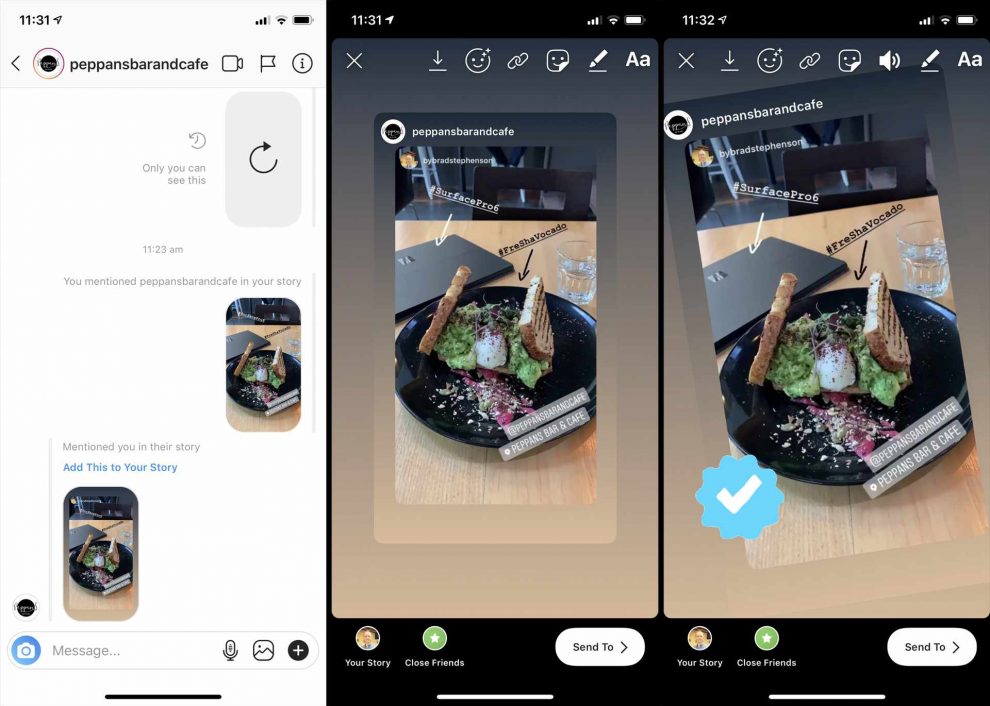A storybrand is a framework that can help you clarify your messaging so that emails, websites, marketing, and communication can resonate with your audience. Features are details about a service or product, while the benefits communicate how the product or service can help a potential customer. It’s best to focus on the latter, as customers tend to value benefits more.
A storybrand framework gives you an idea to clarify your message, get rid of confusion, and assist your audience in making the right decision. A storybrand contains principles that will let your website have a clear, easy-to-understand brand message, be simple for clients to interact with, get customers to engage and respond, and differ from competitors. This article outlines everything you need to know about StoryBrand websites.
StoryBrand website design basics
Each storybrand website has various building blocks you can use when designing your website. If you use these building blocks, the customers will understand you, your sales will improve, the average session duration will go up, and you’ll notice more engagement. You can also look at multiple storybrand website examples to understand the framework. These building blocks include:
The header
The header is arguably a core part of your site, as most of your visitors will not scroll past it. This is why you should ensure that your website passes the grunt test. It should tell your audience what you offer, how it will make life better, and what you should do to buy it. Add direct CTAs twice; one in the upper right-hand corner and another one directly at the center of the header. Include a background image that charms your customer’s aspirational identity, which you should identify during the BrandScript writing process.
The stakes
The stakes part is designed to outline what your customer’s life would be like if they didn’t do business with you. It’s a copy section with precise statements connected to the client’s philosophical, internal and external issues. To make this part of your website more effective, consider placing not conducting business with you in dollar terms. This way, if a potential customer sees how much they stand losing for not doing business with you, it will increase the chances of buying your product or service.
The value proposition
You can start thinking of your value proposition by linking the solution- your product or service to your customers’ problems. After engaging your customer with a copy about what they stand to lose for not doing business with, you can now position your service or product as the solution to their problem as the value proposition. Create three precise value statements to use in this part with icons, typically called a value stack.
The guide
Your storybranded website’s guide section focuses on authority and empathy. Authority shows that you can offer solutions to your customer’s problems. Empathy is designed to connect with prospective customers while letting them know you understand their issues. To demonstrate authority, you can write a website copy saying “we understand” or “I understand”, and begin addressing the customer’s internal, external and philosophical concerns. Showcase your authority by adding logos of businesses you’ve worked with, customer testimonials, or outcomes that your clients have experienced.
The plan
The plan part tells your prospects how simple it is to do business with you. You can show this in an easy three-step process. You can start thinking your plan through by identifying the three steps prospects should take to do business with you. It can be simple, such as “visit our website”, “buy a product or service”, and “enjoy”. Keep the plan as actionable and straightforward as possible.
The explanatory paragraph
The explanatory paragraph supplies more details about your brand story. This section is vital for customers who want to look into another credibility box. You can also add more descriptive keywords for your on-page SEO. Some companies use their long-form BrandScript as the explanatory paragraph, which is acceptable. It would be wise to publish one section and then add the read more link for the visitors who want to continue reading your explanatory paragraph, ensuring you don’t have a lot of content on your storybrand website.
The video
The video part is optional and for the brands with the capacity to make a two-to-three-minute video. It’s a simple video detailing your brand story and all you can offer. It would be good to write your video script and then record it instead of winging it. To create your video script, you can utilize BrandScript’s long-form version or some of its elements. Ensure the video is compelling, polished, and customer-centric.
Price choices
The price choices part shows your potential clients the products or packages you offer. Display your top three products in this section or the products or packages customers mostly purchase. You can start organizing your price choices part by showing the packages or products you want to add there. Customers often tend to purchase the middle-tiered package or product, which can benefit your business if you have the most profitable product or package in this tier.
The footer
You can start this part of your storybrand website by stating the links you’ll add to the footer. The footer section is where you’ll add links to your blog, about page, employment opportunities, and other links that don’t relate to your direct call-to-action. Consequently, you won’t need to give your prospects too many alternatives in the header. If you present your customers with a lot of options, they might not take any action, being disadvantageous to your business.
Endnote
A great website can be the first impression potential customers get about your company. The customer should know that you have what they need, and you can be trusted to deliver. It’s critical to have a customer-centric site, well written and designed to act as your business’s sales tool. You can start by writing your BrandScript or get someone to refine the current BrandScript. With this storybrand framework, you can build your site yourself or give it to a web developer or designer.
Follow Techrado for more!







